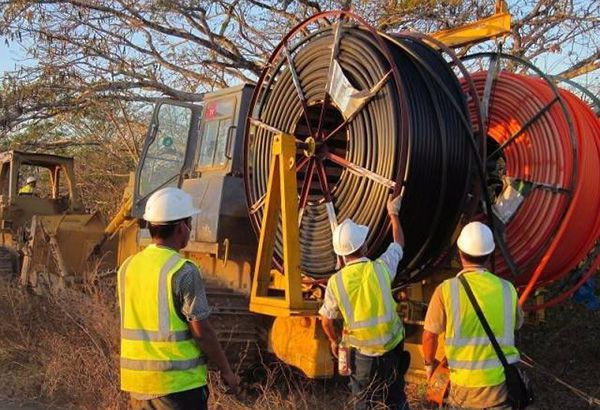Introduction:
The advent of 5G technology has ushered in a new era of connectivity, bringing with it unprecedented speed and reliability. At the heart of this revolutionary network lies optical fiber cable, a vital component that enables the seamless transmission of data at lightning-fast speeds. In this article, we will explore how optical fiber cable plays a crucial role in the development and deployment of 5G networks.
High-Speed Data Transfer:
One of the key advantages of optical fiber cable in the context of 5G networks is its ability to handle enormous amounts of data at incredible speeds. As 5G technology promises near-instantaneous response times and ultra-low latency, the demand for high-speed data transfer becomes paramount. Optical fiber cable, with its capacity to transmit data at the speed of light, provides the necessary infrastructure to meet these demands and unlock the full potential of 5G networks.
Lower Latency:
Latency, or the delay in data transmission, is a critical factor in the performance of any network. With 5G, latency is expected to be reduced to milliseconds, enabling real-time applications and services such as autonomous vehicles, remote surgery, and virtual reality. Optical fiber cable's ability to transmit data over long distances without signal degradation ensures that latency remains minimal, paving the way for advanced and time-sensitive applications to thrive in the 5G era.
Massive Bandwidth:
5G networks are designed to support an ever-increasing number of connected devices and applications. From smart homes to industrial IoT, the demand for bandwidth continues to grow exponentially. Optical fiber cable, with its immense bandwidth capabilities, can effortlessly handle the vast amount of data generated by these connected devices. This scalability ensures that 5G networks can accommodate the massive increase in data traffic without compromising on speed or performance.

Reliability and Resilience:
The reliability of a network is crucial, particularly in mission-critical applications. Optical fiber cable offers unparalleled reliability due to its immunity to electromagnetic interference and strong resistance to environmental factors such as temperature, moisture, and corrosion. This resilience ensures uninterrupted connectivity, even in challenging conditions, making optical fiber cable an ideal choice for the robust and dependable 5G networks of the future.
Future-Proofing:
5G is only the beginning of the digital revolution, with technologies like augmented reality, smart cities, and the Internet of Things poised to become more prevalent. Optical fiber cable provides the infrastructure to future-proof 5G networks and support the anticipated surge in data volume and speed requirements. Its capacity for upgrades and advancements ensures that it can keep up with the evolving needs of the fast-paced technological landscape.
Conclusion:
As 5G networks continue to roll out worldwide, optical fiber cable emerges as an indispensable enabler of this groundbreaking technology. Its ability to transmit data at incredible speeds, low latency, massive bandwidth, and unmatched reliability makes it the backbone of 5G networks. By unleashing the power of optical fiber cable, we are paving the way for a new era of connectivity, transforming industries, and unlocking countless possibilities for innovation and progress. As the world becomes increasingly dependent on high-speed, low-latency networks, the importance of optical fiber cable in driving the success of 5G cannot be overstated.



